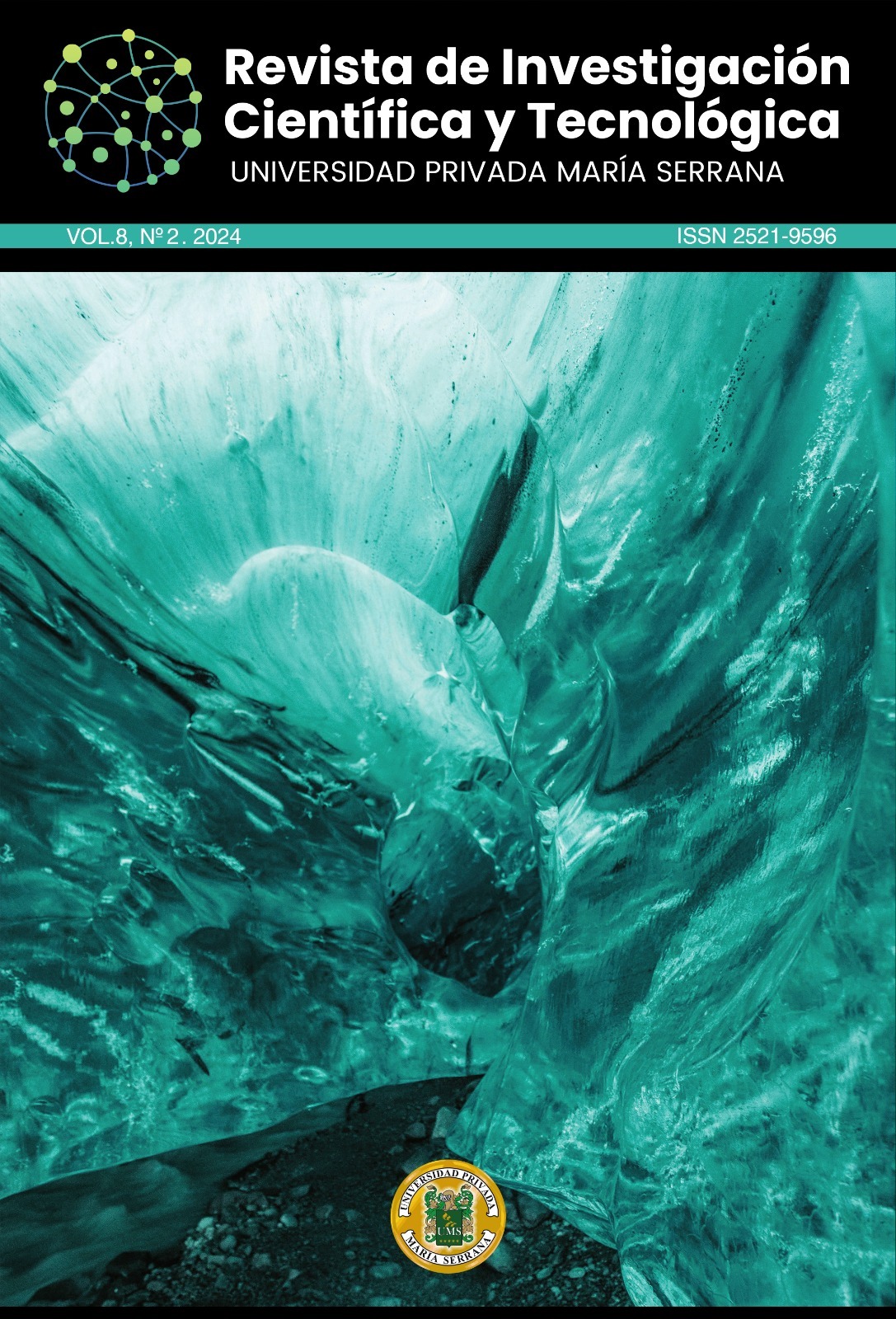Resumen
Introducción. La adolescencia es una etapa de diferentes cambios a nivel físico, psicológico y social, esta se caracteriza por ser un momento adecuado para establecer hábitos de salud que perduren durante la etapa adulta de las personas. Sin embargo, en esta etapa post pandemia no hay un instrumento que permita conocer de manera integral el conocimiento y hábitos de salud en adolescentes para poder realizar un diagnóstico en esta población. Objetivo. Diseñar y validar la encuesta “CONTESTA CON LA NETA” que permita conocer de manera integral el conocimiento y hábitos sobre el estado de salud de los adolescentes potosinos. Métodos. Se realizó un estudio cuantitativo, descriptivo y transversal. El diseño de la encuesta denominada “CONTESTA CON LA NETA”, se dividió en 3 fases: 1) diseño del instrumento, 2) validación y 3) pilotaje del instrumento. Se utilizó el programa estadístico SPSS V. 21 para el análisis descriptivo e inferencial, así como para realizar la prueba del Coeficiente de Alfa de Cronbach. Resultados. Se diseño la encuesta “CONTESTA CON LA NETA” la cual tiene un apartado de datos sociodemográficos y 12 componentes que engloban 65 preguntas y están distribuidos en dos bloques. Al realizar la prueba del Coeficiente de Alfa de Cronbach se obtuvo un resultado de p=0.83. Conclusiones. El diseñó y validación de la encuesta “CONTESTA CON LA NETA” permitirá realizar un diagnóstico de salud situacional para la población adolescente del estado de San Luis Potosí
Referencias
Abraham, O., Rosenberger, C. A., LeMay, S. M., & Bittner, S. J. (2021). Adolescents’ Perceptions About Cancer and Preferences for Cancer Education. Cancer Control : Journal of the Moffitt Cancer Center, 28, 10732748211036057. https://doi.org/10.1177/10732748211036057
Alamolhoda, S. H., Zare, E., & Nasiri, M. (2022). The status of adolescent health during the COVID-19 pandemic. Journal of Medicine and Life, 15(5), 675- 678. https://doi.org/10.25122/jml-2021-0287
Brazete, C., Caveiro, D., Neto, M. L., Dinis, J. P., Rocha, L. C., Sá, L., & Carvalhido, R. (2023). Validation of a Questionnaire on Sexual and Reproductive Health Among Immigrant Vocational Education Students in Portugal from São Tomé and Príncipe. Journal of Community Health. https://doi.org/10.1007/s10900-023-01230-8
Carvajal-Álzate, D. E., Méndez- Sánchez, H., & Torres-Angulo, M. B. (2016). Análisis de la confiabilidad y de algunos parámetros psicométricos de un test realizado en el Colegio Vista Be lla de la ciudad de Bogotá [Fundación Universitaria los Libertadores]. https://repository.libertadores.edu.co/bitstream/ handle/11371/620/Carvajal%C3%81lzate-DiegoEliezer.pdf?sequence=2
Chiang, Y.-C., Li, X., Lee, C.-Y., Wu, C.-C., Chang, H.-Y., & Zhang, S. (2022). Effects of Social Attachment on Experimental Drug Use From Childhood to Adolescence: An 11-Year Prospective Cohort Study. Frontiers in Public Health, 10. https://www.frontiersin.org/articles/ 10.3389/fpubh.2022.818894
Consejo Nacional de Población. (2021). Día Mundial para la Prevención del Embarazo no Planificado en Adolescentes. Consejo Nacional de Población. https://www.gob.mx/conapo/articulos/ dia-mundial-de-la-prevencion-del-embarazo- no-planificado-en-adolescentes?idiom=es#:~:text=La%20tasa%20de%20fecundidad%20en,vivas(os)%20por%20mil%20adolescentes
Costa-Tutusaus, L., & Guerra-Balic, M. (2016). Development and psychometric validation of a scoring questionnaire to assess healthy lifestyles among adolescents in Catalonia. BMC Public Health, 16, 89. https://doi.org/10.1186/s12889-016-2778-6
Esmaeilzadeh, S., Ashrafi-Rizi, H., Shahrzadi, L., & Mostafavi, F. (2018). A survey on adolescent health information seeking behavior related to high-risk behaviors in a selected educational district in Isfahan. PloS One, 13(11), e0206647. https://doi.org/10.1371/journal.pone.0206647
Fayyaz, H. N., & Hashmi, K. (2022). Adolescence and Academic Well- being: Parents, Teachers and Students’ Perceptions. Journal of Education and Educational Development, 9(1), Article 1. https://doi.org/10.22555/joeed.v9i1.475
Frontiers | Trends of Healthy Lifestyles Among Adolescents: An Analysis of More Than Half a Million Participants From 32 Countries Between 2006 and 2014. (s. f.). Recuperado 6 de marzo de 2023, de https://www.frontiersin.org/articles/10.3389/fped.2021.645074/full
Frontiers | Understanding the Dynamics of the Developing Adolescent Brain Through Team Science. (s. f.). Recuperado 10 de abril de 2023, de https://www.frontiersin.org/articles/10.3389/fnint.2022.827097/full
Gobierno de México. (2021). Obesidad infantil: Nuestra nueva pandemia. https://www.gob.mx/promosalud/es/articulos/obesidad-infantil-nuestra-nueva-pandemia?idiom=es
Güroğlu, B., van den Bos, W., & Crone, E. A. (2014). Sharing and giving across adolescence: An experimental study examining the development of prosocial behavior. Frontiers in Psychology, 5, 291. https://doi.org/10.3389/fpsyg.2014.00291
Hammack, P. L., Hughes, S. D., Atwood, J. M., Cohen, E. M., & Clark, R. C. (2022). Gender and Sexual Identity in Adolescence: A Mixed-Methods Study of Labeling in Diverse Community Settings. Journal of Adolescent Research, 37(2), 167-220. https://doi org/10.1177/07435584211000315
Johnson, J. G., Harris, E. S., Spitzer, R. L., & Williams, J. B. W. (2002). The patient health questionnaire for adolescents: Validation of an instrument for the assessment of mental disorders among adolescent primary care patients. The Journal of Adolescent Health: Official Publication of the Society for Adolescent Medicine, 30(3), 196-204. https://doi.org/10.1016/s1054-139x(01)00333-0
Khan, M. N., & Islam, M. M. (2022). Women’s experience of unintended pregnancy and changes in contraceptive methods: Evidence from a nationally representative survey. Reproductive Health, 19(1), 187. https://doi.org/10.1186/s12978-022-01492-w
Long, K. N. G., Long, P. M., Pinto, S., Crookston, B. T., Gren, L. H., Mihalopoulos, N. L., Dickerson, T. T., & Alder, S. C. (2013). Development and validation of the Indian Adolescent Health Questionnaire. Journal of Tropical Pediatrics, 59(3), 231-242. https://doi.org/10.1093/tropej/fmt006
Maniaci, G., La Cascia, C., Giammanco, A., Ferraro, L., Palummo, A., Saia, G. F., Pinetti, G., Zarbo, M., & La Barbera, D. (2021). The impact of healthy lifestyles on academic achievement among Italian adolescents. Current Psychology. https://doi.org/10.1007/s12144-021-01614-w
Oviedo, H.C., Campo-Arias, A. (2005). An Approach to the Use of Cronbach’s Alfa. Revista Colombiana de Psiquiatría, 34(4), 572-580 http://www.scielo.org.co/scielo.php?script=sci_abstract&pid=S0034-74502005000400009&lng=e&nrm=iso&tlng=en
Porta, C. M., Gower, A. L., Brown, C., Wood, B., & Eisenberg, M. E. (2020). Perceptions of Sexual Orientation and Gender Identity Minority Adolescents About Labels. Western Journal of Nursing Research, 42(2), 81-89. https://doi.org/10.1177/0193945919838618
Prevalence of Depression, Anxiety, and Stress in Junior High School Students in Guadalajara, Mexico: A Cross-Sectional Survey Study—PMC. (s. f.). Recuperado 28 de junio de 2023, de https:// www.ncbi.nlm.nih.gov/pmc/articles/ PMC9736080/
Salud, S. de. (s. f.). NOM-047- SSA2-2015, Para la atención a la salud del Grupo Etario de 10 a 19 años de edad. gob. mx. Recuperado 16 de diciembre de 2021, de http://www.gob.mx/salud/documentos/ nom-047-ssa2-2015-para-la-atenciona- la-salud-del-grupo-etario-de-10-a-19- anos-de-edad
Secretaia de Educación Pública, & Secretaria de Salud. (2017). Salud en tu escuela. https://www.gob.mx/cms/uploads/ attachment/file/283757/SALUD_DIG.pdf
Sistema Epidemiológico y Estadístico de las Defunciones (SEED). (2022). Recuperado 10 de abril de 2023, de https://sinba.salud.gob.mx/cuboDEFUNCIONES/ SEED2022
TEORIA CLASICA DE LOS TESTS (2a ED.) | JOSE MUÑIZ | Casa del Libro México. (s. f.). Recuperado 10 de junio de 2023, de https://latam.casadellibro.com/libro-teoria-clasica-de-los-tests-2-ed/9788436812626/624468
The emergence of depression in adolescence: Development of the prefrontal cortex and the representation of reward—PubMed. (s. f.). Recuperado 10 de abril de 2023, de https://pubmed.ncbi.nlm.nih.gov/17570526/
von Soest, T., Kozák, M., Rodríguez- Cano, R. et al. (2022). Adolescents’ psychosocial well-being one year after the outbreak of the COVID-19 pandemic in Norway. Nature Human Behaviour, 6, 217–228. https://doi.org/10.1038/s41562-021-01255-w
Wyszyńska, J., Matłosz, P., Podgórska- Bednarz, J., Herbert, J., Przednowek, K., Baran, J., Dereń, K., & Mazur, A. (2019). Adaptation and validation of the Physical Activity Questionnaire for Adolescents (PAQ-A) among Polish adolescents: Cross-sectional study. BMJ Open, 9(11), e030567 https://doi.org/10.1136/bmjopen-2019-030567
Xiang, B., Wong, H. M., Cao, W., Perfecto, A. P., & McGrath, C. P. J. (2020). Development and validation of the Oral health behavior questionnaire for adolescents based on the health belief model (OHBQAHBM). BMC Public Health, 20(1), 701. https://doi.org/10.1186/s12889-020-08851-x

Esta obra está bajo una licencia internacional Creative Commons Atribución 4.0.






